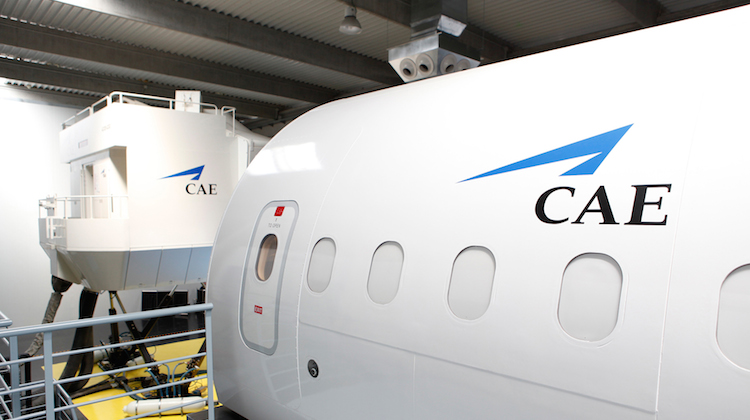
Aviation training and simulator manufacturing companies are reporting a welcome uptick in demand following the COVID-19 downturn, citing a renewed shift towards cargo operations and the upcoming recertification of Boeing’s 737 MAX as reasons for the change.
Simulator makers had expected a rush on orders when Boeing announced its recommendation for specific pilot training on a 737 MAX simulator, following the grounding of the aircraft in March 2019.
Canadian civil aviation training company CAE and US rival Textron both built 737 MAX simulators prior to receiving any formal orders, banking on future demand.
However, these hopes were soon crushed with the outbreak of COVID-19 and the subsequent hit to the global aviation sector.
Now, six months later, things are looking up, with both companies reporting a business boost off the back of easing global travel restrictions, growing demand for cargo services, and ongoing recertification efforts on the MAX that are likely to see the aircraft return to the skies by early 2021.
Textron also noted an increase in demand in the simulator training market from schools and the military, according to Vance Ontjes, TRU’s director of training and customer services.
Gudmundur Orn Gunnarsson, managing director for TRU Flight Training Iceland – a joint venture between Icelandair and Textron’s TRU Simulation + Training – said that the company has seen an increase in demand for cargo pilot training on its Boeing 757 simulator.
Gunnarsson stated that cargo-focused carriers and Icelandair are now the company’s main source of training activity, however this activity sits at around 50 per cent of what it was this time last year.
Meanwhile, CAE reported the delivery of 56 full-flight simulators in the 2020 financial year, with only two of these taking place between April and June, while Textron announced in June that it would suspend the production of its simulators based at its Montreal plant, cutting up to 1,950 jobs.
Jonathan Norman, aerospace consultant at market research company Frost & Sullivan, said he expects the MAX’s recertification in the US to fuel extra demand for training for at least a year.
“That’s the amount of time it is going to take airlines to re-certify all their pilots,” he said, adding that Southwest Airlines – the largest operator of the MAX worldwide – may need to retrain all of its pilots.
Meanwhile, independent aviation consultant Kit Darby said that the need for training facilities could increase as job cuts continue.
Ongoing cuts could see many experienced pilots retire, while newer recruits are laid off, meaning those who remain on-staff and in jobs may be required to retrain.
“It creates a cascade effect,” Darby said, “Potential furloughs, should they hit, are going to drown the training facilities with the amount of training that needs to be done.”












